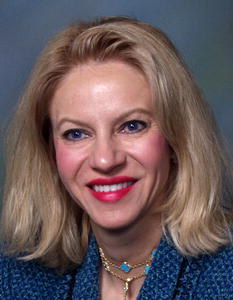- Skin conditions can range from severe to cosmetic, acute to chronic. Our dermatologists offer comprehensive skin care for adults and children. We offer:
- General dermatological care and management (rashes, moles, eczema, psoriasis and other disorders)
- Cosmetic dermatology (lasers, dermabrasion, varicose veins, chemical peels)
- Treatment for skin cancer (cryosurgery, Mohs micrographic surgery). In cases of cancer, our dermatologists work in collaboration with oncologists and other specialists as needed.
Skin Cancer and Melanoma Screening
Each year, over a million people in the United States are diagnosed with the most common forms of skin cancer: basal cell carcinoma and squamous cell carcinoma. These are known as non-melanoma skin cancers. Fortunately, you can detect most non-melanoma skin cancers early, when they are curable. That's why we believe everyone should have regular yearly skin exams, especially if you're over 40 or at high risk.
The Facts About Melanoma
- Melanoma is the most serious form of skin cancer and can be deadly.
- It's not as common as basal cell carcinoma or squamous cell carcinoma, but is increasing in frequency.
- Early detection and treatment of melanoma is very important.
Skin Cancer Self-Exams
In addition to annual exams by your physician, self-examination can be an effective screen for skin cancers or precancers. Here are the A-B-C-D-E skin self-examination guidelines, as adapted from the American Academy of Dermatology:
- A is for asymmetrical shape. Look for moles with irregular shapes, such as two very different-looking halves.
- B is for irregular border. Look for moles with irregular, notched or scalloped borders — the characteristics of melanomas.
- C is for changes in color. Look for growths that have many colors or an uneven distribution of color.
- D is for diameter. Look for growths that are larger than about 1/4 inch (about 6 millimeters).
- E is for evolving. Look for changes over time, such as a mole that grows in size or that changes color or shape. Also, look for any symptoms like itchiness or bleeding.










